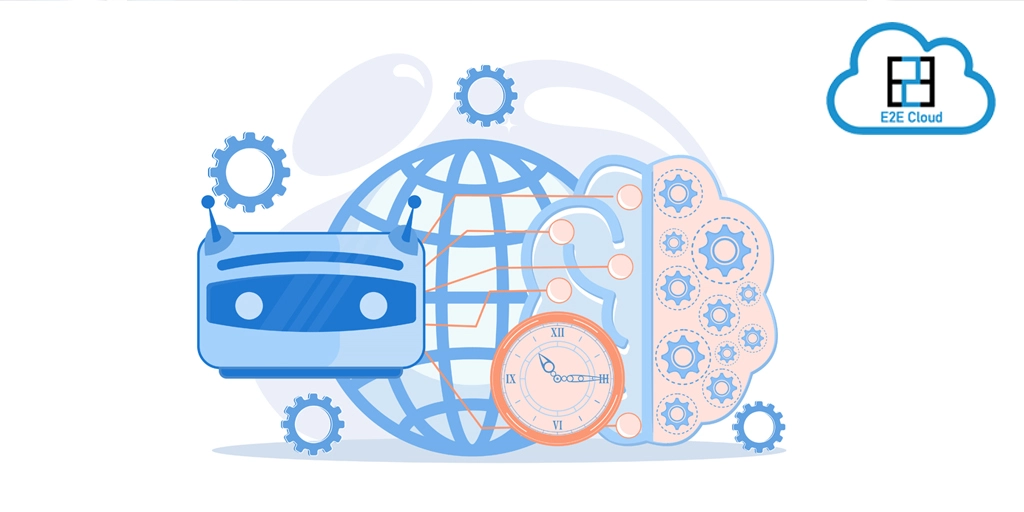As seen in the recent US Capital One cloud security breach, misconfigured cloud applications and infrastructure is the most significant cause of vulnerabilities in any cloud security. Thanks to its immense cost and scalability benefits, the global market for cloud computing is increasing – as well as the security concerns regarding data security.
Here is a look at the six most common security vulnerabilities in cloud platforms – and how you can overcome them.
Misconfiguration of the Cloud storage
Misconfigured cloud storage has resulted in the theft or leak of millions of records. This vulnerability has often escalated into a massive cloud security breach. Vulnerabilities in cloud storage can arise because of improper restrictions on access to your cloud network. Similarly, misconfigured security groups can provide hackers with easy access to cloud storage data.
How do you remove this vulnerability? Check your security configurations when moving data to any cloud storage. You can also use cloud security tools to check these configurations. For instance, E2E Cloud provides a secure platform that protects your cloud from unauthorized access and security risks.
Human Error
Cloud security vulnerabilities are often caused by human error – thanks to the rapid change of pace of cloud deployments. With multiple Scrum developer teams working from various locations, there are chances of incorrect updates being pushed to the production environment. This can increase the risk of a misconfigured cloud resource.
How do you remove this vulnerability? Instead of relying on manual checks, use automated assessments to reconfigure any misconfigured cloud resource that violates any security policy. In short, automation can eliminate human error, thus preventing security vulnerability. For example, the E2E Cloud cPanel cloud server offers a high degree of security without cutting down on its performance.
Use of Insecure APIs
Recent studies have shown that nearly two-thirds of software developers expose their application programming interfaces (or APIs) to the external world – so that they can easily access and integrate their platforms.
Due to the increasing dependence of cloud applications on APIs, cybercriminals have devised new ways of targeting insecure APIs. Insecure APIs are often the result of insufficient user authentication or inadequate controls.
How do you remove this vulnerability? Design secure APIs that are encrypted, authenticated, and have the right access control. Additionally, perform penetration tests by simulating an external attack on your API endpoints. Other security measures can include the implementation of multi-factor authentication and SSL encryption.
Lack of Cloud Server Reconfiguration
Another common cause of cloud configuration vulnerability is that many development or operations teams deploy a new cloud server (or application), configure it for immediate implementation, and then forget about it. In short, cloud-based resources, once configured, are never rechecked for any issues.
Companies that leverage from cloud platforms must know the status of all their cloud assets and services that have been deployed.
How do you remove this vulnerability? Operations teams must be proactive in monitoring and auditing your cloud environment, including Windows cloud. Regularly, test your cloud deployments against real-life scenarios and cloud attacks.
Lack of Best Practices in Cloud Security
Most misconfiguration problems in cloud security result from a lack of a proper security policy that considers the best cloud practices. Organizations are often in a rush to deploy more workloads or applications to the cloud – without taking the time to understand how to do it correctly.
Past lessons or best practices from previous cloud deployments are either forgotten or not recorded into a security policy document. Misconfigured settings can lead to problems – right at the start of a new cloud deployment.
How do you remove this vulnerability? You can implement cloud security functionalities like the HTTP Strict Transport Security (or HSTS) and include them in your cloud policies for all deployments. These functionalities can improve overall security as they need to be followed in all cloud services.
Security Compliance Violations
Most cloud hosting platforms work on the “shared responsibility” model – where they take care of the overall cloud infrastructure while you, as the customer, are responsible for your data security. As an enterprise, you need to determine who can have access to your data – and what to do with it.
Migrating your applications to the cloud does not guarantee regulatory compliance – especially if you manage personal or sensitive information. You need to follow these best practices:
https://www.e2enetworks.com/help/knowledge-base/how-to-secure-your-e2e-nodes-best-practices/
Conclusion
With the right cloud configuration settings, you can avoid a lot of security hassles for your company. We have seen six of the most common configuration problems to look out for on your cloud infrastructure.
Are you looking to enhance your cloud productivity? Let us help you. Sign up today on our website.










